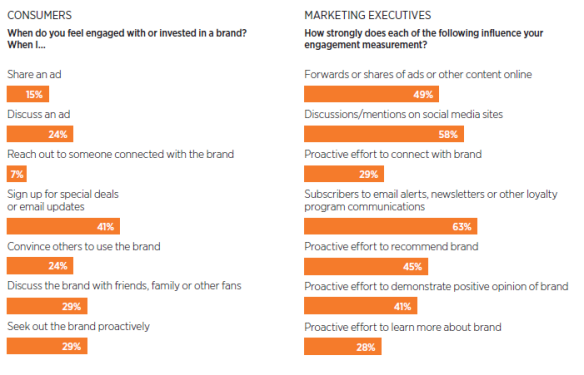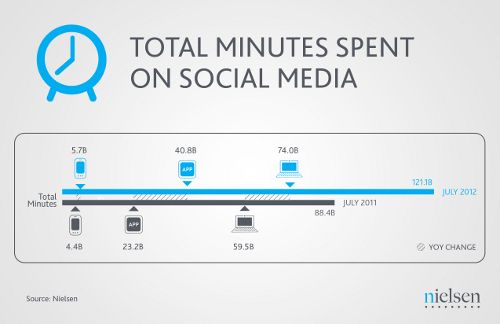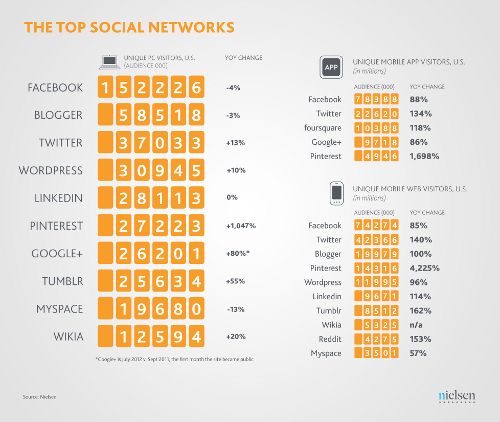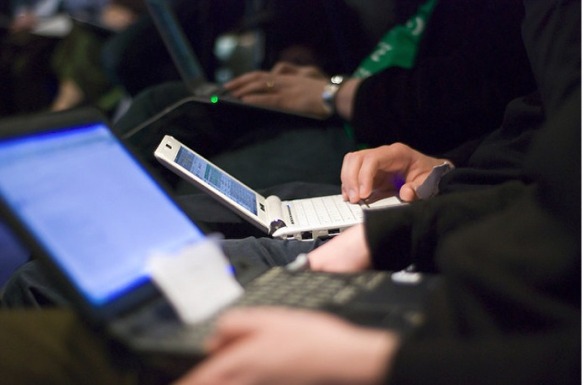 I’m going to disagree slightly with Mathew Ingram slightly in his displeasure at the New York Times assigning a specific social media editor to one of its reporters.
I’m going to disagree slightly with Mathew Ingram slightly in his displeasure at the New York Times assigning a specific social media editor to one of its reporters.
While I agree in concept with him that this takes away the immediate publishing of unfiltered thoughts, one of the key components of Twitter and other social network publishing, it is also perfectly reasonable that a major brand would want to make sure that one of its representatives is staying on message and remaining appropriate.
It comes down to the question, which can be debated from case to case, of who owns the Twitter or other profile that someone is publishing to. Is this a brand-owned profile or something that is personal? If it’s the former then the employer, whoever it is in a given scenario, absolutely has the right – the necessity – to exercise some control over what’s published there. And while I’m not a huge fan of the idea of a single editor for every individual Twitter profile the existence of a social media editor, whether it’s a single, general one or one for a department or group, is a pretty solid recommendation.
It’s not hard and, honestly, doesn’t need to infringe greatly on the idea of Twitter being an unfiltered firehose. If the editor and writer agree that they’re all on the same team, that they know what the goals are and more then things can go on pretty much as they were before, maybe just delayed by a half hour or so to allow for approvals. But assuming the editor in question isn’t openly hostile toward social media and *wants* the program to succeed then it doesn’t need to be a roadblock of any great size in the ongoing conversation.
Like this:
Like Loading...









